Taming Water boards’ burst pipes
Linly Mbaya, who lives at Khama, Machinjiri in Blantyre, is running with a pail in hand. You would think something is wrong at her house. Is she running away from something? Has her house caught fire?
No.
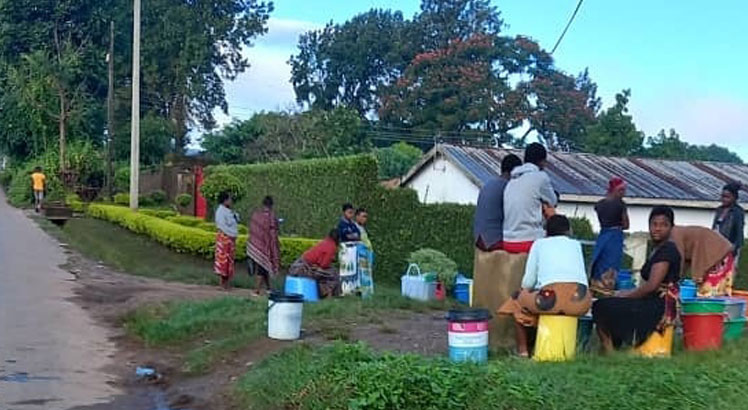
”There is a burst water that side so I am rushing to draw free water,” she says.
After reaching the place, she finds a huge crowd of women from her neighbourhood with water buckets scrambling for the water.
This is the scene at many places in the cities of Blantyre, Lilongwe, Mzuzu and Zomba, including some districts.
In a normal situation, water boards are supposed to provide clean and potable water to Malawians.
Mbaya complains that sometimes it takes days before the problem is rectified.
As a result you see many places that are wet and water logged because of broken pipes.
“Sometimes you would think it is rainy season because you can see water flowing over a piece of land,” says Moffat Dambe, a resident of Bangwe Township in Blantyre.

Dambe expresses frustration at delays to rectify the problem.
He says: “They take days to rectify the problem and by this time, the water has made a mini-dam somewhere.
“What pains me most is that it is us the customers that suffer unlike those people that draw water from broken pipes.”
Blantyre Water Board public relations officer Evelyn Khonje acknowledges the existence of broken water pipes in the city which, she says, results into water loss of aboK300 million per month.
She says they receive a lot of reports about broken pipes, especially from low income areas. But she mostly attributes the problem to Cyclone Freddy.
Says Khonje: “The problem became worse after Cyclone Freddy. After the cyclone, run off water in low-income areas exposed BWB pipes. These pipes are on the surface, hence prone to vandalism and breakage by traffic. Some people vandalise these pipes with the aim of drawing free water. Furthermore, when run over by vehicles, the pipes break and make us lose a lot of water.
“Another reason there are several broken pipes is the fact that BWB has an old pipe network that requires replacement.”
However, Khonje says efforts are being made to lower pipes that are on bare ground. She also talked about the whatsup group existence where the board interacts with customers and ensures that leakages are dealt with on time.
Khonje also discloses about the water pipes replacement project which BWB will undertake with assistance from the World Bank.
Lilongwe Water Board (LWB) chief executive officer Silli Mbewe cites vandalism, theft and damages due to construction activities as reasons for water spilling at the board.
Mbewe disclosed that 25 percent of water, which is part of non-revenue water, is lost which amounts to K1 billion per month for the board.
As a way of dealing with the problem, the LWB boss says a number of measures are being undertaken. They include customer and stakeholder engagement meetings, establishment of toll free customer call centre, on time response faults, pipes lowering programme and implementation of a Supervisory and Data Acquisition (Scada) system which monitors the board’s production and distribution network system.
“We have also invested in pressure management systems to regulate pressures in the distribution network to reduce losses when pipes break. With the limited availability of capital budget, we have also been replacing old pipes to reduce breakages under Lilongwe Water Supply and Sanitation Project,” he says.
On the other hand, Northern Region Water Board (NRWB) spokesperson Edward Nyirenda notes that broken pipes are not widespread in their area of jurisdiction apart from those caused by construction works and vandalism.
He says this has resulted into 30 percent non-revenue water. However, the issue of old pipes has not spared the board.
Nyirenda praised the faults reporting mechanism, including the establishment of a whatsup group in each local area which he said was instrumental in dealing with the faults.
He says: “Our reporting mechanism is generally fine. We have localised it by creating customer Whatsup groups in each location we serve where customers can easily report faults or any service delivery issue while we also update them on issues affecting their areas.
“So far, it is working well for us as faults are promptly reported and attended to. Nevertheless, we are working on establishing a dedicated 24-hour customer service centre which, we believe, will solve such challenges.”
Water expert Titus Mtegha says a number of factors cause water board pipes to break.
Mtegha, a former Northern Region Water Board (NRWB) chief executive officer, adds that in addition to vandalism and aged pipes, uncontrolled network pressure resulting into water pressure beyond designed capacity of pipes can causes pipes to break.
In the past, water boards were using steel pipes which reduced water leakages. But if you move around these days, you move around these days you find that it is all plastic.
Mtegha says while steel pipes are still used in some places, there are a number of factors that determine the types of pipes to use.
He says: “Water boards have all along been using different types of pipe materials. The choice of such materials depends on many factors like available financial resources, design pressures of the network and also the materials available on the market at the time.
“So you will find that steel and ductile iron pipes are normally used in pumping pipelines and river crossings while UPVC and high density polyethylene are normally used in distribution networks where pressure is not that high.”
On water pipes being on bare ground, the engineer says much as there are standards in the water sector on the minimum depth for each size of pipeline, some are exposed because of erosion or roads grading.
He, however, called for more investment in water boards so that more people access clean water.
Says Mtegha: “Malawi has low access to potable water, therefore, a lot needs to be done to realise the aspirations of MW2063.
“There is need to invest in water infrastructure, especially in the following areas: water resource developments which are dams, weirs, lake intake and ground water; treatment, pumping, storage, transmission facilities and distribution pipe networks. Human capital is also needed for efficient delivery of services.”


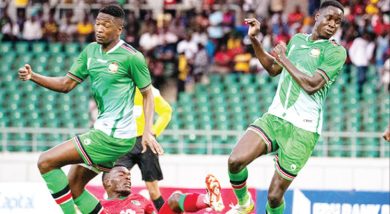
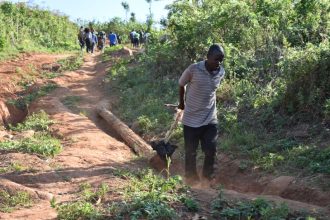
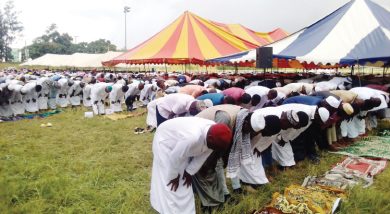
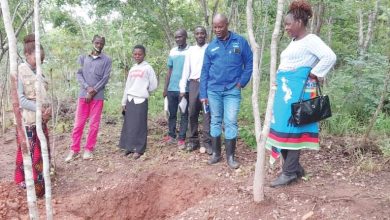
One Comment